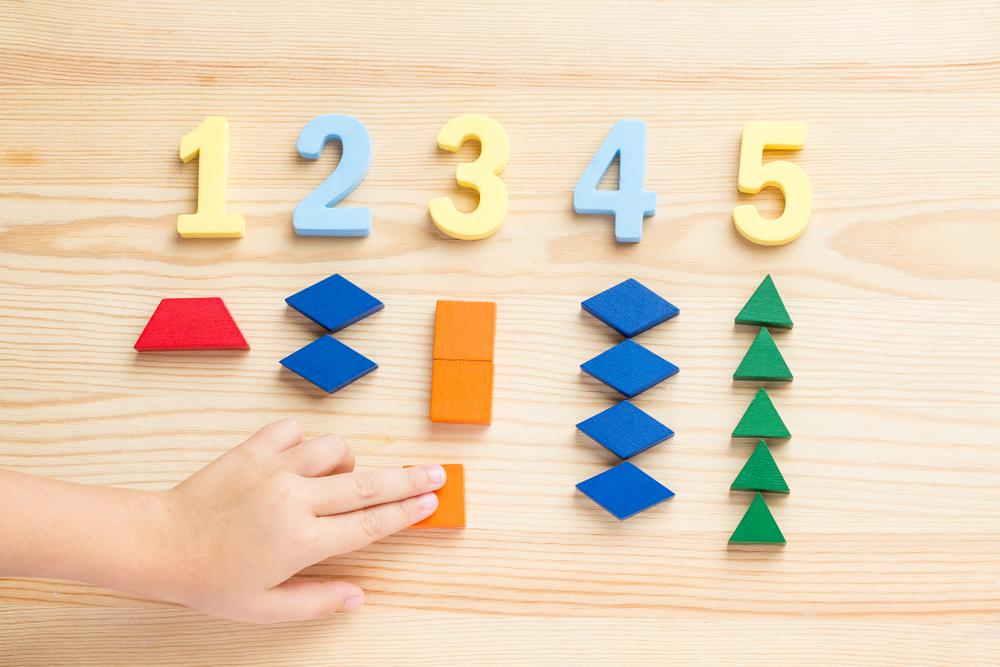Understanding fact families Normal Math Worksheets for Ages 5-8
5 filtered results
-
From - To
"Understanding Fact Families Normal Math Worksheets for Ages 5-8" introduces young learners to the essential concept of fact families. These engaging, age-appropriate worksheets help children understand the relationship between addition and subtraction. Perfect for children ages 5-8, the activities foster foundational math skills in a fun and interactive way. Through colorful exercises and hands-on practice, kids will learn to recognize fact families, enhancing their problem-solving abilities and numeracy fluency. Ideal for both classroom and home use, these printable worksheets support educators and parents in cultivating a deep understanding of math fundamentals in their young learners.
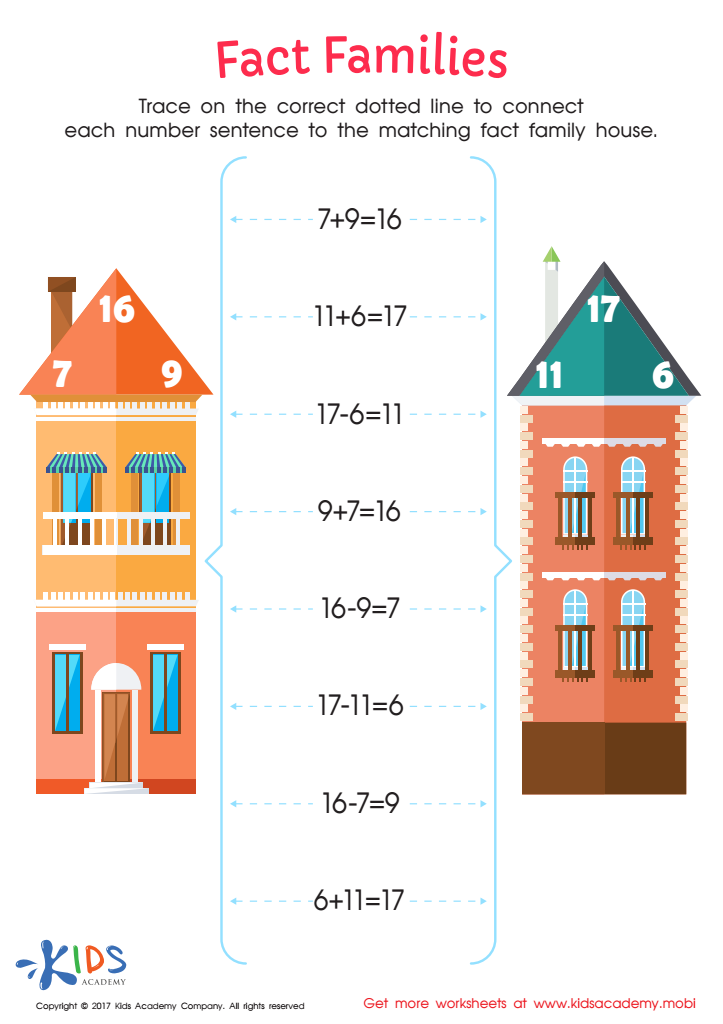

Fact Families — Add and Subtract Worksheet
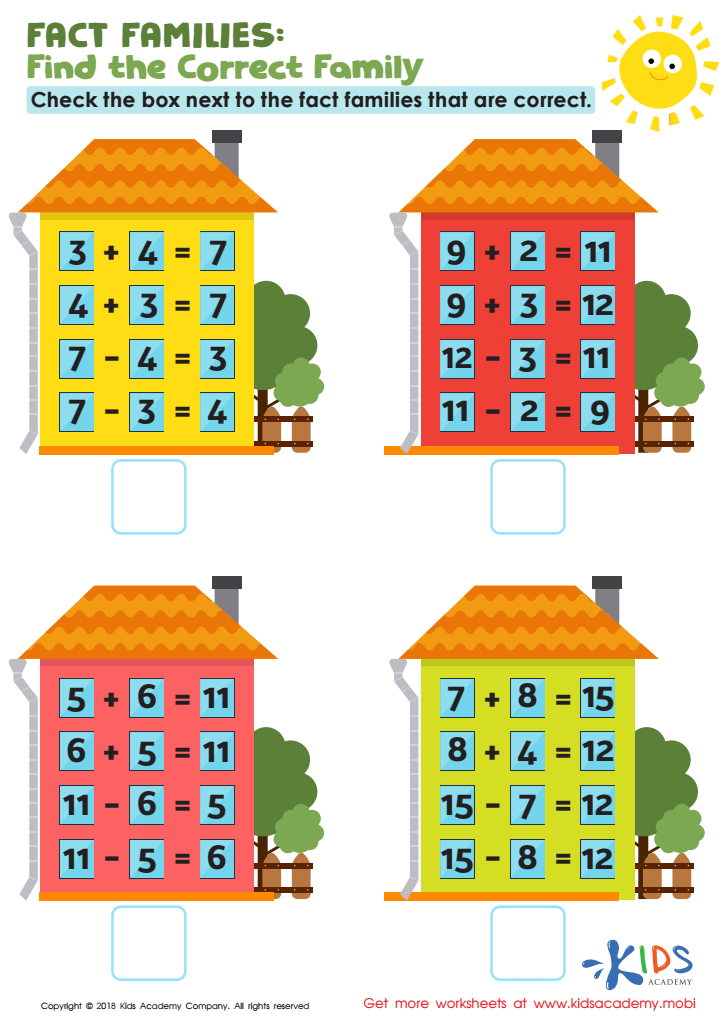

Fact Families: Find Correct Family Worksheet
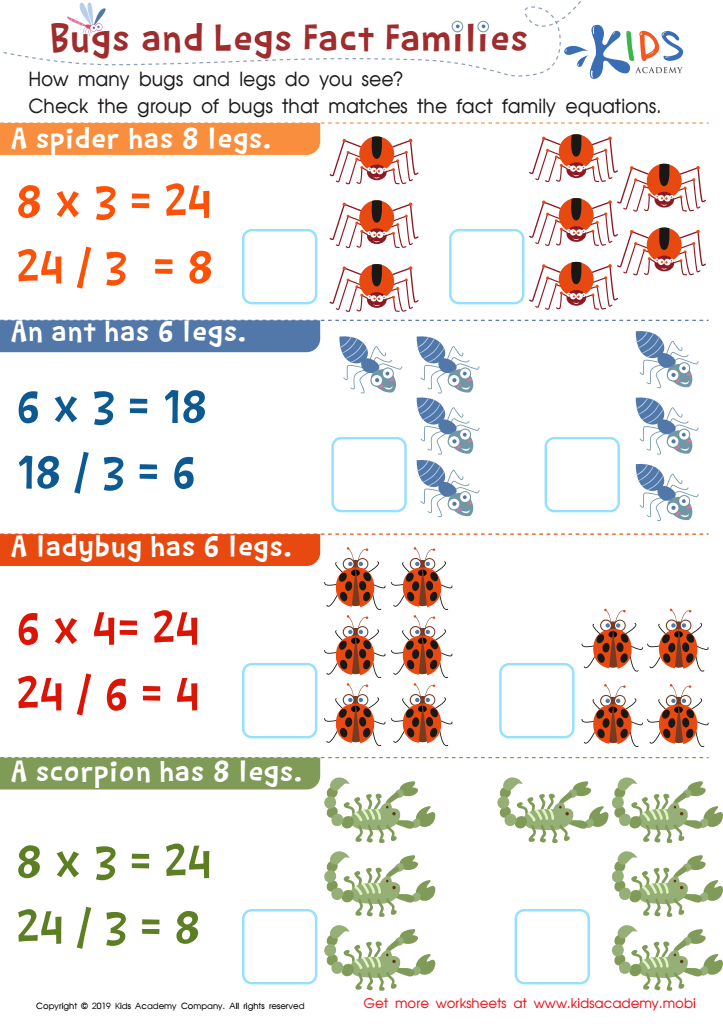

Bugs and Legs Fact Families Worksheet
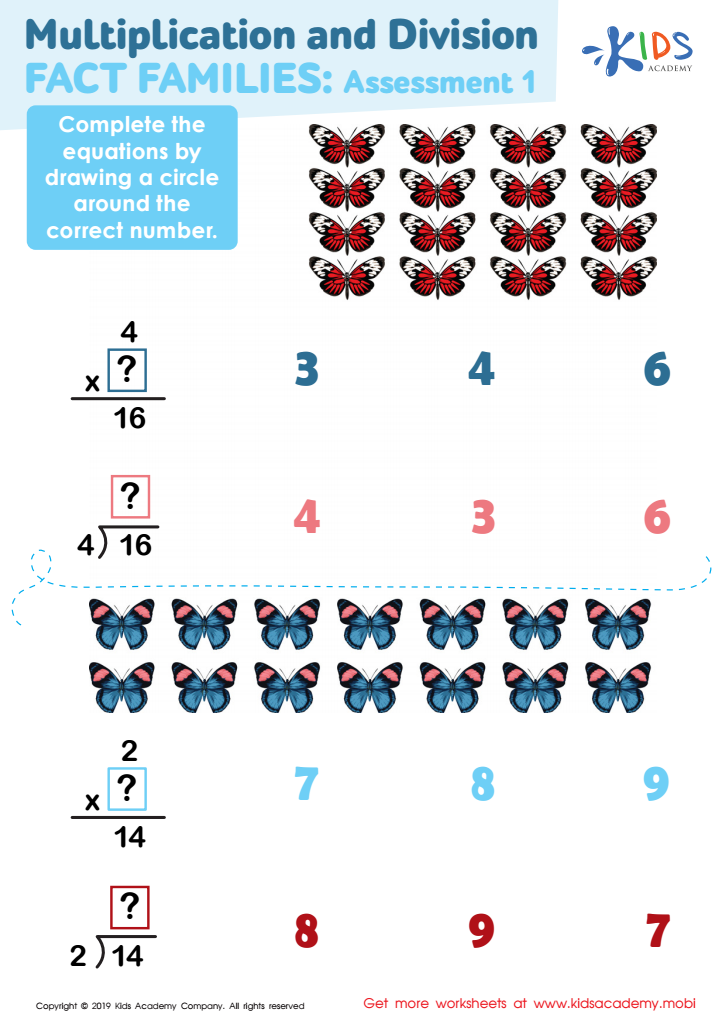

Multiplication and Division Fact Families Assessment 1 Worksheet
Understanding fact families in mathematics is crucial for children aged 5-8 because it forms a foundational building block for their arithmetic and number sense. Fact families help children recognize the relationships between addition and subtraction. For example, knowing that 2 + 3 = 5 also means knowing that 3 + 2 = 5, as well as 5 - 2 = 3 and 5 - 3 = 2. This concept is essential for developing a child’s ability to perform more complex math operations in the future.
For parents and teachers, emphasizing fact families allows children to see math as an interconnected system rather than isolated facts. This understanding improves their problem-solving skills, enabling them to apply known facts to new situations. As children work with fact families, they build an intuitive sense for numbers, which boosts their confidence in math and contributes to faster and more accurate computation skills.
Moreover, understanding fact families supports the development of critical thinking. It encourages children to look for patterns and relationships, fostering analytical thinking from an early age. By valuing and reinforcing this concept, parents and teachers set the stage for a more comprehensive and enjoyable learning experience in mathematics, laying a solid groundwork for future academic success.
 Assign to My Students
Assign to My Students







